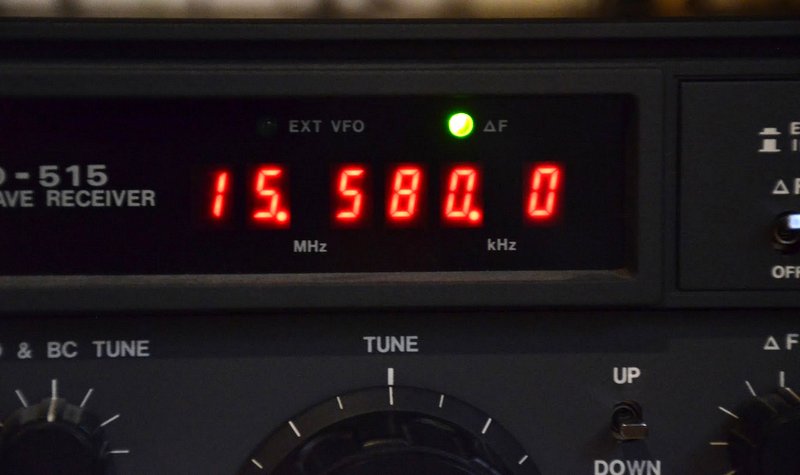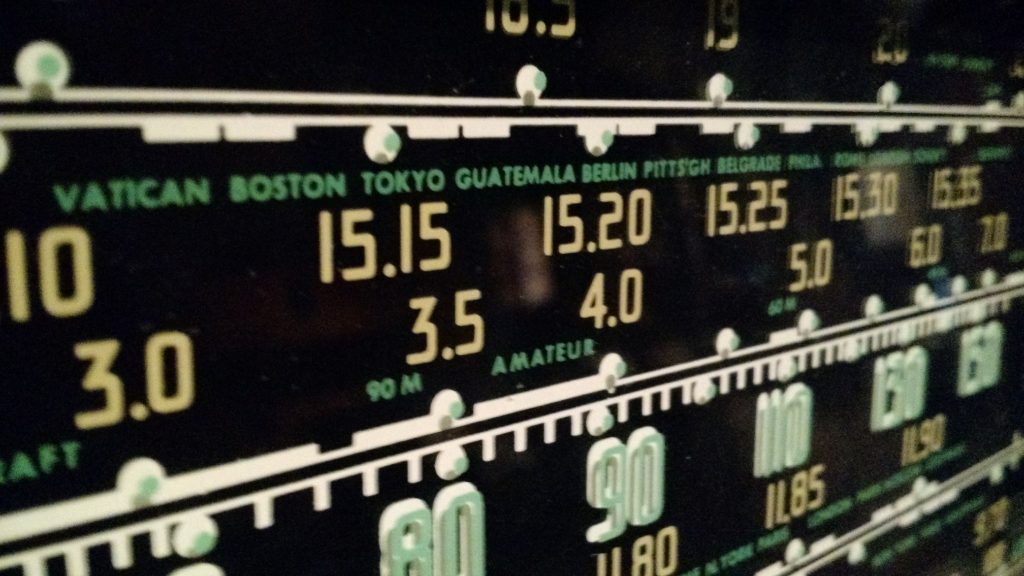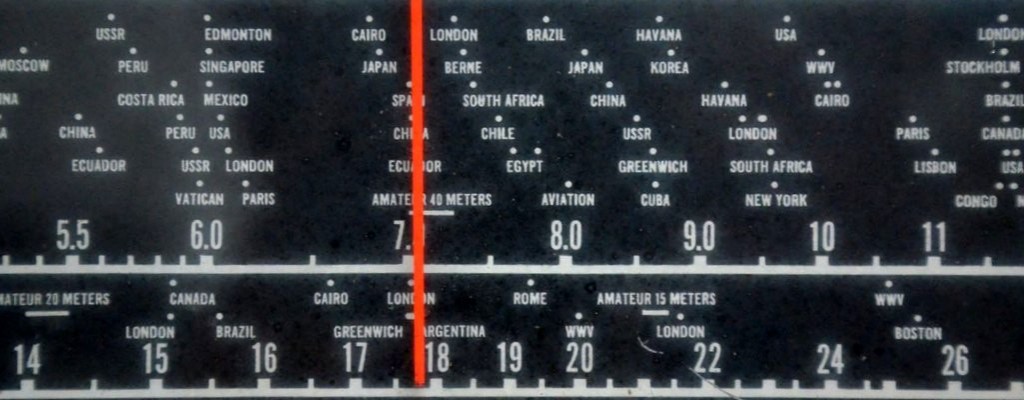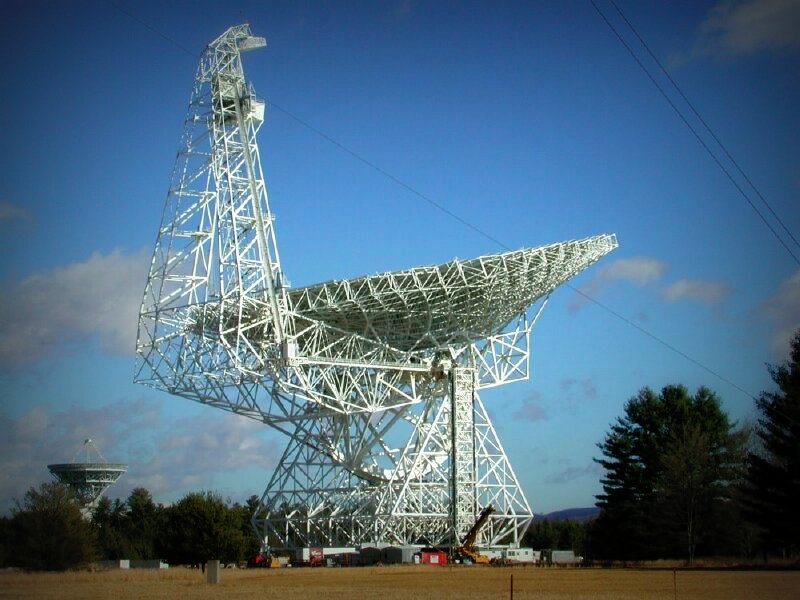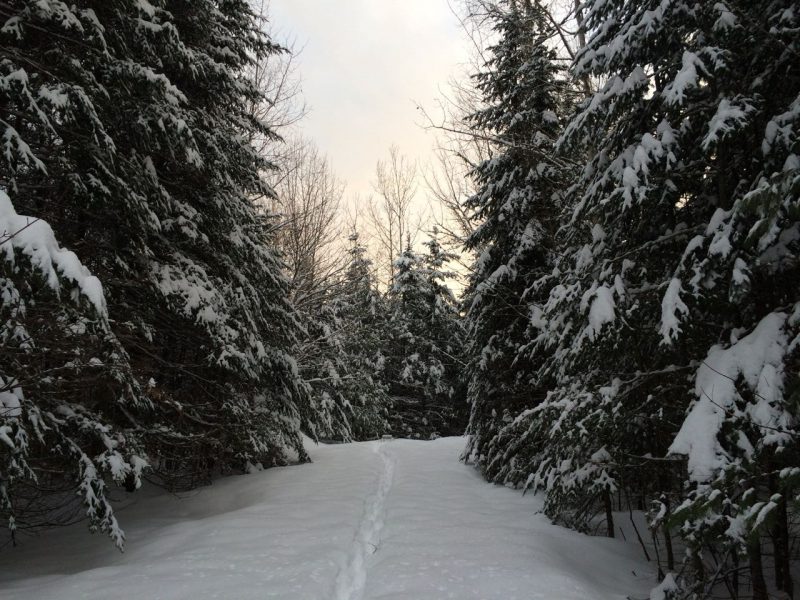
Many thanks to SWLing Post contributor, Richard Langley, who lives in New Brunswick, Canada, and sent the following update earlier this month:
I often go outdoors to escape the RFI generated in and around the house, which can be even worse during the holidays with all the LED Christmas displays.
Trouble is, the snow is getting a bit deep for the trek to the back of the cleared part of my yard.
The attached photos show my setup on New Year’s Day to record Stephen Cooper’s DigiDX program over WRMI.
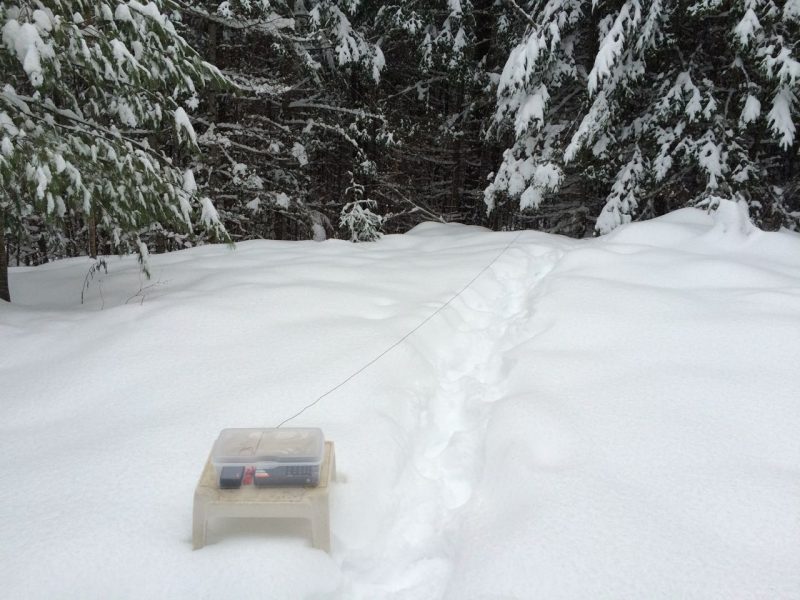
One thing about DXing and SWLing outside in the winter is that the knobs on the Tecsun PL-880 can become stiff to turn if it’s too cold and the battery doesn’t last as long as when it’s warm outside. Best approach is to go out with a fully charged battery, tune to a particular frequency and record the audio for later playback.

[…]I’ve also noted on a couple of occasions that the Tecsun will shut itself off after a few hours in really cold weather (around -20°C). And it’s not that the battery power is exhausted. I can turn it back on manually and it shows plenty of battery capacity remaining.
Thanks for sharing your notes, Richard! It certainly looks like a winter wonderland at your home. I like how you’ve made such a lightweight, portable station that protects the PL-880 from moisture.
Paul Walker also uses the PL-880 extensively in Galena, Alaska–in some very cold temps as well. Perhaps we can compare notes.
Post readers: What radios do you use outdoors in winter conditions? Please feel free to share your experiences!
By the way: I should offer my sincere apologies for sharing beautiful winter wonderland scenes while many of our dear readers in Australia are coping with a sweltering heatwave! 🙂 Perhaps we should also be sharing notes about high temp outdoor DXing!?


